These Are The Most Essential Automotive Fasteners Needed By OEMs
Automotive fasteners make the list of the most critical components in the automobile industry. Every project manager and engineer must...
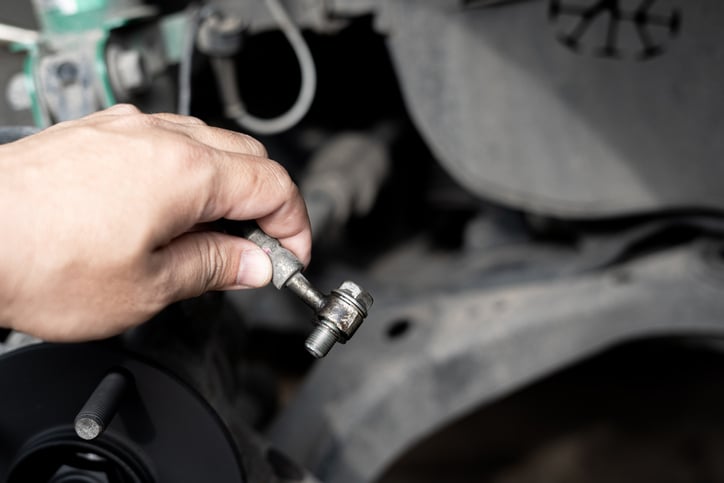
A bolt failure analysis can reveal many things. When a bolt breaks, an investigation can reveal things like improper installation, insufficient clamping stress, poor product selection, material shortcomings, manufacturing faults, heat treatment deficiencies causing fatigue fractures, excessive torque failures, and corrosion problems.
And since fasteners are an integral part of life, they’re needed for a number of different industries. To manufacture high-quality fasteners, you must clarify the performance requirements and establish the relationship between technical and functional requirements. 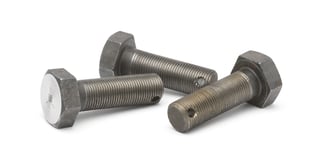
The functional and technical requirements for a product are determined by the user's needs and other external factors. This article discusses some of the materials used to manufacture high-quality fasteners and how they can help avoid bolt failures.
A bolt failure analysis reveals the type of material used to make the fastener. Most fasteners are made from alloy steel or ordinary carbon steel. These materials are most suitable in environments with low-temperature changes or low-corrosive environments.
Fasteners made of stainless steel combine the properties of chromium and nickel with low-carbon steel grades. They have a high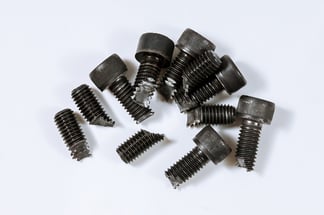 degree of resistance to corrosion that does not easily decrease from long-term use or deformation. However, the low carbon content prevents these fasteners from effectively hardening, making them relatively weaker than grade 5 and 8 carbon steel varieties.
degree of resistance to corrosion that does not easily decrease from long-term use or deformation. However, the low carbon content prevents these fasteners from effectively hardening, making them relatively weaker than grade 5 and 8 carbon steel varieties.
Bronze and brass fasteners have high corrosion resistance. They are suitable for marine or maritime applications such as underwater construction or shipbuilding.
Heating is a critical process that increases the comprehensive mechanical properties of fasteners. It affects their microstructure and physical properties such as ductility and strength. For example, steel fasteners can be heated to specific temperatures depending on the carbon content for a specific time and quenched in oil or water to increase their hardness and general strength.
Surface treatments may also be necessary, depending on the metallurgical properties of the material. For example, a special coating can be applied to certain materials to improve the fastener's properties and corrosion resistance, or case-hardened to tap screws.
 The Methods of Manufacturing
The Methods of Manufacturing According to the experts at expometals.net, there are three ways to make fasteners (generally speaking): hot forging, cold forging, and machining. One method of manufacturing standard fasteners is preferable over the others, depending on the metal and type of fastener.
This method allows for the production of parts that are either net-shaped or nearly net-shaped with a surface finish that is high quality and mechanical properties that are favorable. Undergoing cold plastic deformations, the crystal structure of the fasteners' materials changes significantly to become stronger and more resistant.
The most common process for creating large-diameter fasteners is hot forging. Before being fed into the forging press, the bar stock is heated to high temperatures to make it more pliable. Tolerances, bar geometry, and material type all influence the heating temperatures.
Fasteners with intricate geometries and high degrees of form are simple to produce using this method. Fasteners made of titanium and nickel-based alloys are frequently produced using this technique.
This manufacturing technique cuts metals into desired final sizes and shapes by a controlled material-removal process. It is the most suitable method for small quantities and non-standard fasteners because it is time-consuming and generates a lot of metal swarf.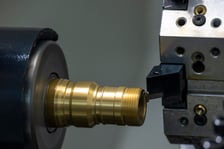
Metals have different friction coefficients on the thread surfaces, especially when coated with different materials. Some may require lubrication materials during surface treatments.
Lubrication materials work differently on different fasteners within a specific operating temperature range.
For example, ordinary oil may work perfectly in lubricating and preventing corrosion but becomes ineffective when the operating temperature exceeds 120oC.
Other lubricants that can be used on threaded surfaces include grease, graphite, and molybdenum disulfide. Each lubricant is only effective under certain conditions. For example, graphite must be mixed with other liquid substances to work properly. Molybdenum disulfide becomes molybdenum trisulfide at a temperature above 390oC, making it ineffective.
Fastener failures have become an area of concern to most engineers. The threat starts with the quality of the products you choose.
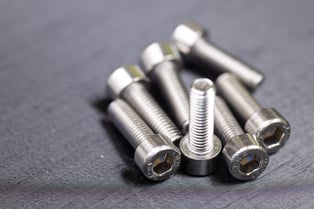 At Big Bolt, we strive to provide the highest level of customer satisfaction by manufacturing and delivering high-quality products and providing unmatched, superior services that guarantee safety.
At Big Bolt, we strive to provide the highest level of customer satisfaction by manufacturing and delivering high-quality products and providing unmatched, superior services that guarantee safety.
We handle rush manufacturing if the products are out of stock and work 24/7 to ensure on-time and quality delivery. Contact us today to schedule your services or purchase our quality products.
Automotive fasteners make the list of the most critical components in the automobile industry. Every project manager and engineer must...
Due to their tremendous capabilities, CNC machine tools are utilized in various sectors to make endless high-quality fasteners. It can make...
A fastener plays a vital role in the construction of different everyday objects. From DIY to megaprojects, fasteners are used to hold or...
